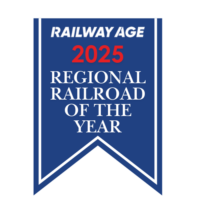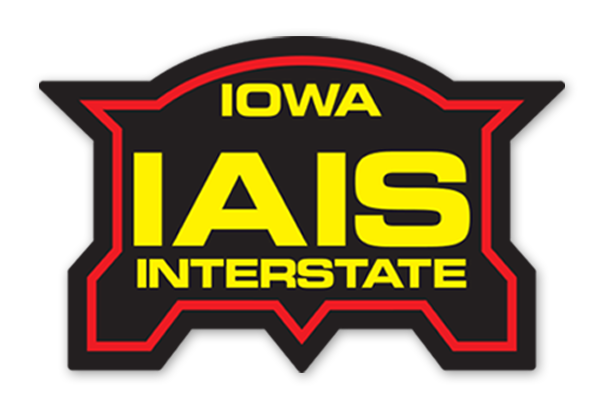Iowa Interstate Railroad, Ltd. (a wholly owned subsidiary of RDC Domestic Holdings Corporation, an affiliate of Railroad Development Corporation of Pittsburgh, PA) announced today it will acquire three new Evolution™ Series locomotives from GE Transportation. The locomotives will be produced in early 2020 and used to transport grains, ethanol, metals and more across Iowa Interstate’s network between Chicago and Omaha.
IAIS President and CEO, Joe Parsons said “For over a decade, IAIS has invested heavily in infrastructure to support our customers and increase safety. The purchase of these locomotives will help us remain competitive and poised for the growth we are currently experiencing.”
Industrywide data makes clear the positive momentum IAIS and GE Transportation are facing. For the first 38 weeks of 2018, United States rail traffic was up 4.0 percent compared with 2017, according to the Association of American Railroads.
“Our technology solutions are driving improved productivity and reliability to IAIS’s fleet and helping this valued customer move freight more efficiently.” said Yuvbir Singh, GE Transportation’s Vice President of Equipment.
The agreement also includes equipping these new locomotives with GE Transportation’s GoLINC™ Platform, Trip Optimizer™ System, and Distributed Power LOCOTROL® to maximize train effectiveness and efficiency. These solutions are part of GE Transportation’s Train Performance product suite, which optimizes power distribution, train handling, brake control and fuel utilization. Additionally, these digital offerings will be installed on IAIS’s existing Evolution™ Series installed fleet of 17 locomotives.
“We are proud to partner again with GE Transportation,” said Parsons. “These locomotives and their digital technology will allow us to provide safe, quality transportation services in a way that enables our customers and our company to succeed.”
The GE Evolution™ Series locomotive meets the U.S. Environmental Protection Agency’s (EPA) stringent emission standards without the use of any aftertreatment, enabling railroads to gain significant savings through urea infrastructure cost avoidance and reduced operational costs.

